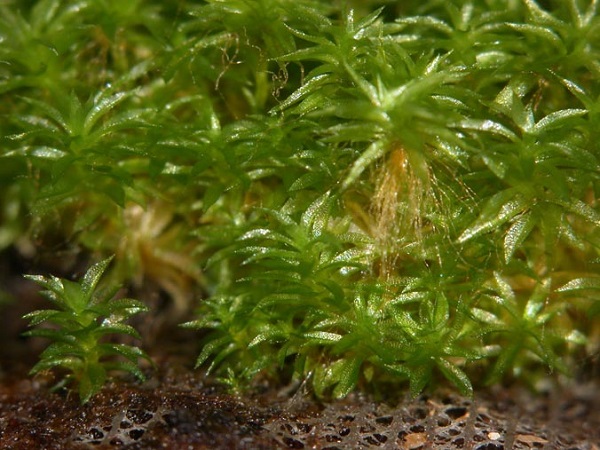A study carried out by researchers from the University of Padua has identified new factors essential for the regulation of photosynthesis. The study was coordinated by Tomas Morosinotto in collaboration with Alessandro Alboresi, Mattia Storti, Marco Mellon and Anna Segalla.
Climate change and growing global food demand means that there is a major need for new crop varieties with improved phenotypic traits, such as greater biomass productivity, better seed quality or higher resistance to environmental stresses. To add to this problem, agronomists and geneticists often focus on cultivated plants or on a few reference model species. This fails to identify the resistance mechanisms and growth regulators that have been lost during the various stages of evolution and selection of the agricultural species we use today. The study of biodiversity could create a huge living bank containing additional genes and molecular strategies that plants adopt to respond to the surrounding environment and obtain fundamental information to improve the productivity of plants.
For this reason, Tomas Morosinotto’s team is interested in the study of mosses. This group of organisms are very useful due to their simple body structure, the ease of genetic studies and their evolutionary position. Mosses are non-vascular plants, and their study allows us to identify which adaptations plants undertook during the colonization of the land, a process that began about 500 million years ago.

The moss used in the study, Phsycomitrella patens
To isolate the essential components of the regulation of photosynthesis, Tomas Morosinotto and colleagues have used molecular biology and plant physiology methods, applying them precisely to small moss plants.
.jpg) ‘This research shows the importance of studying the fundamental processes of biology in as many organisms as possible. This will allow a better understanding of the evolutionary history of plants and also provide valuable information for the challenges that our society will face in the future’ says Alessandro Alboresi.
‘This research shows the importance of studying the fundamental processes of biology in as many organisms as possible. This will allow a better understanding of the evolutionary history of plants and also provide valuable information for the challenges that our society will face in the future’ says Alessandro Alboresi.
The results presented in this paper demonstrate that the mechanisms modulating electron transport during photosynthesis are essential to protect cells in any light regime and without them there is no functional photosynthesis.
Nevertheless, some of these regulatory pathways, such as the one mediated by FLV proteins, were lost during evolution and are not found in cultivated plants.
.jpg)
‘Our study in mosses shows how important FLVs are for the growth of plants and opens up the real possibility that they can be exploited to increase plant productivity’ explains Tomas Morosinotto.
Read the paper: Storti, M., Segalla, A., Mellon, M., Alboresi, A. and Morosinotto, T. (2020) Regulation of electron transport is essential for photosystem I stability and plant growth. New Phytologist. doi: 10.1111/nph.16643
Parts of this page may have been imported from a previous website. If you spot any errors on this page please contact us using the link below.

